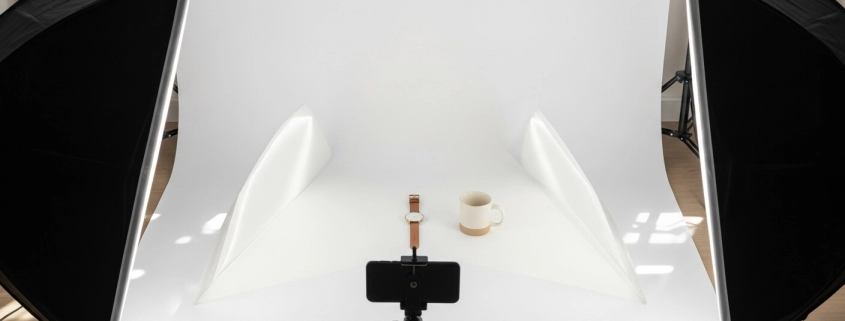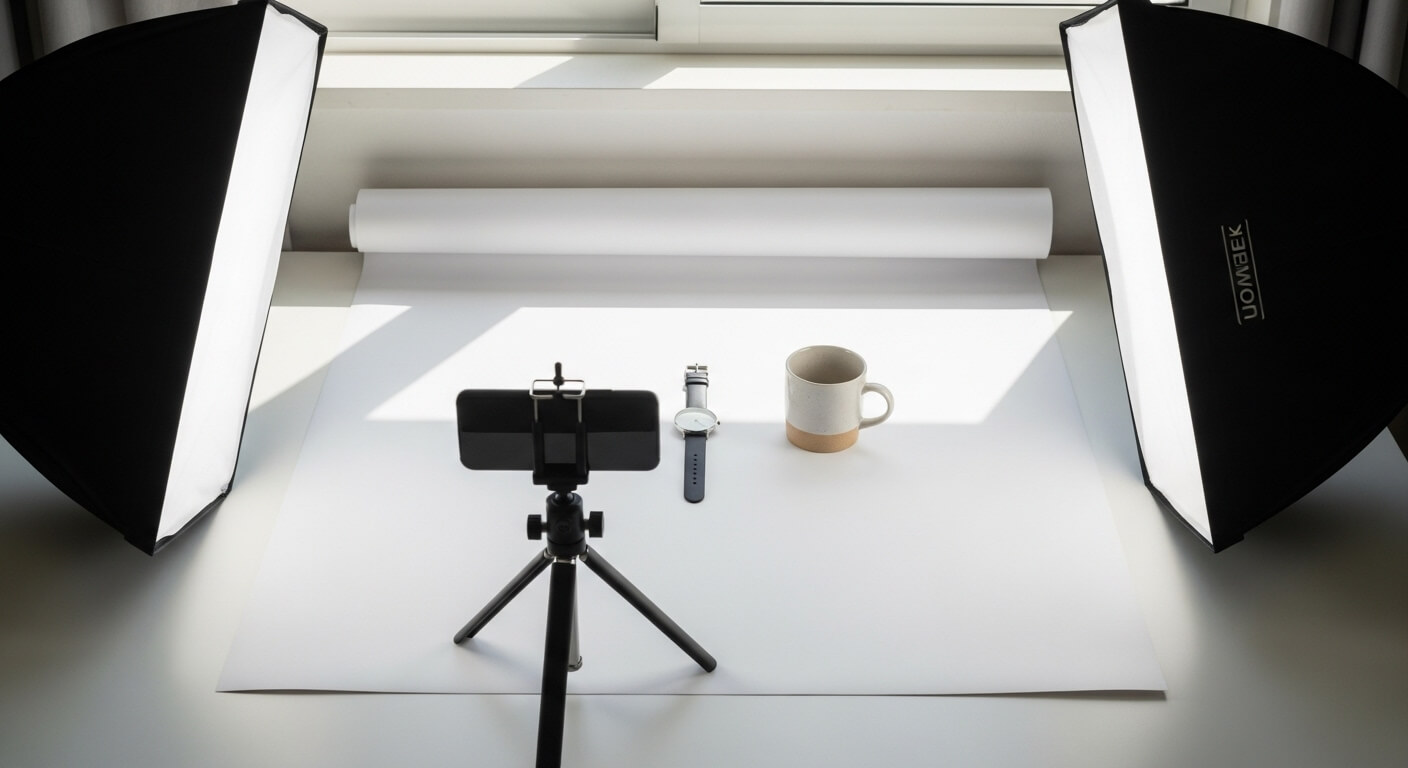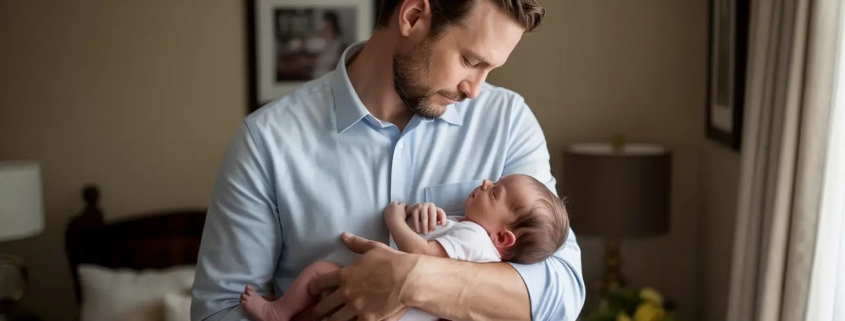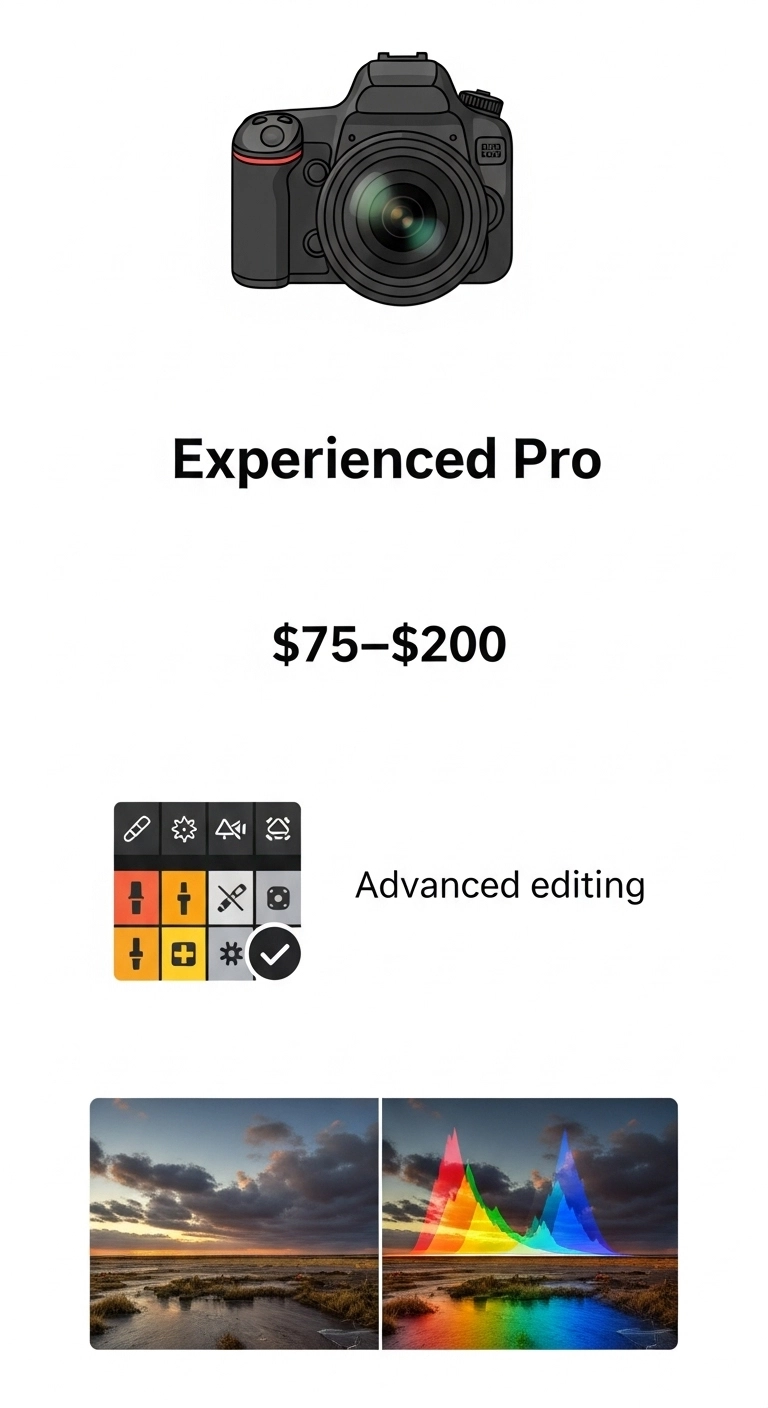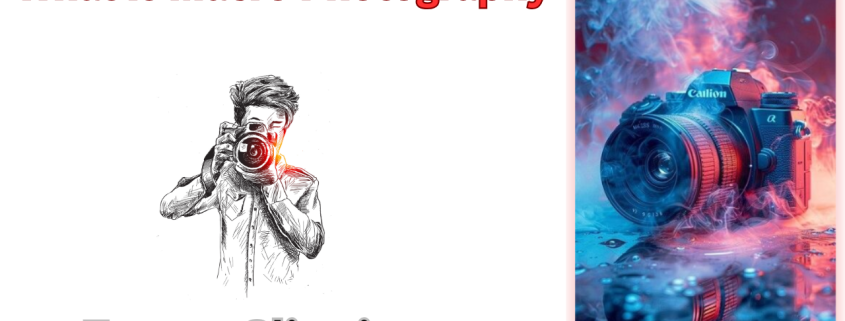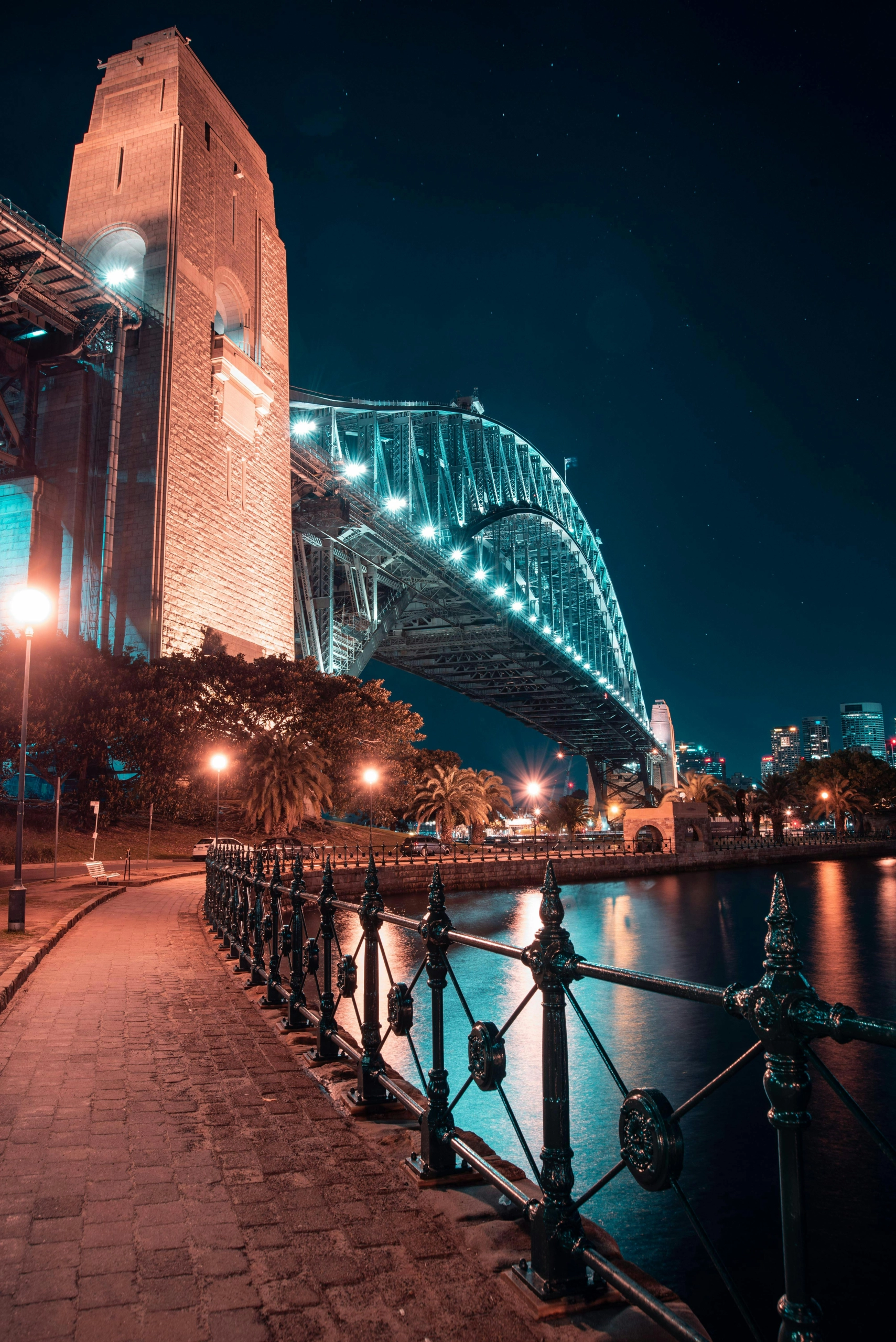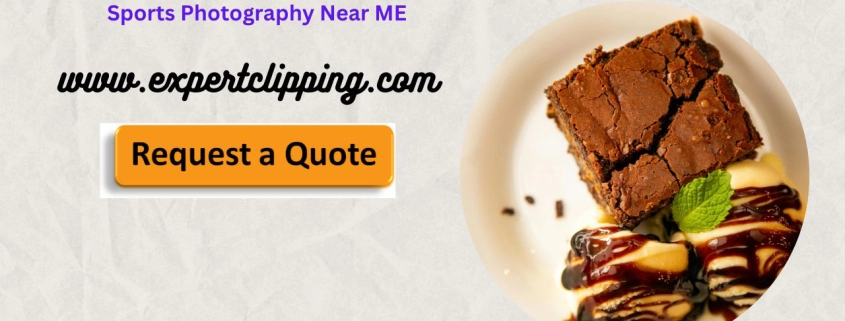Blurry Sports Shots? Here’s How to Get Sharp, Action-Packed Photos
How to Fix Blurry Sports Photos and Capture Sharp Action Shots
If you’ve ever looked back at your sports photos only to find them blurry, you’re not alone. Whether it’s a soccer match, basketball game, or your kid’s first race, capturing sharp action shots can be tricky. The good news? You can fix blurry sports photos and also use editing help from a trusted clipping path service to make your images stand out.
With the right camera settings, techniques, and tools, you can turn blurry sports pictures into sharp, dynamic memories.
How to Fix Blurry Action Shots?
Blurry action shots usually happen because of slow shutter speeds. To fix this:
-
Use a fast shutter speed: At least 1/500s, or even 1/1000s for faster sports like racing.
-
Switch to continuous auto focus (AF-C/AI-Servo): This keeps your subject in focus while moving.
-
Enable burst/continuous shooting: Capture multiple frames per second to increase your chances of getting a sharp shot.
👉 Short answer: Fix blurry action shots by using a fast shutter speed, continuous auto focus, and burst mode.
How Do I Get My Sports Pictures Sharp?
Sports move fast, so your camera needs to keep up. Here’s how:
-
Shutter speed: The most important setting.
-
ISO adjustments: Raise ISO when light is low but watch for noise.
-
Lens choice: A lens with a wide aperture (f/2.8 or f/4) helps capture light.
👉 Short answer: To get sharp sports pictures, prioritize shutter speed, adjust ISO carefully, and use a wide-aperture lens.
How to Get Blurry Sports Photos (On Purpose)?
Sometimes blur can be beautiful. Want to show speed or motion? Try this:
-
Slow down shutter speed: Use 1/30s–1/60s.
-
Pan with the subject: Move your camera smoothly while following the subject. The background will blur, but the athlete stays sharp.
👉 Short answer: Use a slower shutter speed and pan with the subject for creative blurry sports photos.
How to Get Blurry Movement Photos?
Movement blur isn’t always bad. It creates drama and shows action.
-
Set shutter to 1/15s–1/60s.
-
Keep ISO low to balance exposure.
-
Experiment with moving subjects like running, skating, or cycling.
👉 Short answer: To capture movement blur, slow your shutter speed and let motion create artistic streaks.
Advice on How to Get Clearer & Less Grainy Sports Photos
Grain often comes from high ISO. Here’s how to avoid it:
-
Shoot in good light whenever possible.
-
Lower ISO and balance with aperture and shutter speed.
-
Use noise reduction tools in editing. Professional photo retouching services can also help reduce grain.
👉 Short answer: Reduce ISO, shoot in good light, and use editing tools to avoid grainy photos.
How to Avoid Blurry Photos When Shooting with Auto focus?
Auto focus can sometimes misfire. To reduce that:
-
Always use continuous AF (AF-C/AI-Servo).
-
Lock focus on your subject before they move.
-
Use focus points: Set them manually instead of letting the camera decide.
👉 Short answer: Use continuous auto focus and set manual focus points to avoid blurry shots.
A Question for Sports Photographers
Why do pros get sharp shots while beginners struggle? The difference is settings + experience. Professionals know their gear, anticipate action, and practice timing.
👉 Short answer: Pros succeed by knowing their gear, predicting motion, and practicing often.
Sports Photography Settings for Sharp Images
Here’s a quick cheat sheet:
-
Shutter speed: 1/500s or faster
-
Aperture: Wide (f/2.8–f/4) for light and depth
-
ISO: Adjust for lighting but keep as low as possible
-
Focus mode: AF-C/AI-Servo
-
Drive mode: Continuous/burst shooting
👉 Short answer: Use fast shutter, wide aperture, and AF-C mode for sharp sports photos.
Photo Sharpness: How Can This Be Improved?
-
Stabilize your camera with a tripod or monopod.
-
Keep lenses clean.
-
Use editing tools like sharpening filters or AI deblurring. Services like background removal can also help refine details in your sports shots.
👉 Short answer: Improve sharpness with steady shooting, clean lenses, and sharpening tools.
How to Improve Action Sports Photography Images to Make Them Stand Out
Editing is where good shots become great:
-
Crop for composition.
-
Adjust contrast and colors.
-
Sharpen edges.
-
Use services like ghost mannequin or advanced retouching for professional polish.
👉 Short answer: Improve action photos by editing for sharpness, contrast, and composition.
How to Get Focused Pictures for Action Shots?
-
Pre-focus where you expect action.
-
Use back-button focus for faster control.
-
Track movement with AF-C.
👉 Short answer: Pre-focus, use back-button focus, and track subjects with continuous AF.
Aperture or Shutter Mode for Sports Photography?
-
Shutter Priority (Tv/S mode): Best for freezing action.
-
Aperture Priority (Av/A mode): Works when lighting changes quickly.
👉 Short answer: Use shutter priority for action, aperture priority for changing light.

Beginner’s Mistake: Shooting Sports for the First Time
Many beginners shoot with auto mode. The result? Blurry shots.
👉 Short answer: Beginners should avoid auto mode and learn shutter + aperture priority.
Shooting Under Floodlights – Settings to Try
Floodlights can cause motion blur if not handled right:
-
Shutter speed: 1/500s or faster
-
ISO: 1600–3200 depending on light
-
Aperture: f/2.8–f/4
👉 Short answer: Under floodlights, use high ISO, wide aperture, and fast shutter speed.
Final Takeaway
Capturing sharp sports photography isn’t just about expensive gear—it’s about knowing how to use it. Use fast shutter speeds, continuous auto focus, and burst shooting to nail the action. And when your photos still come out blurry, editing services like clipping path company can rescue them with professional sharpening and retouching.
👉 Short answer: Freeze action with fast shutter + AF-C, then enhance clarity with editing tools like Expert Clipping.




